You wouldn’t know it from listening to their unique and breathtaking debut – a collection of endearing history portraits and sometimes-elegiac narratives titled Songs for the Forgotten Future Vol. 1 – but Pinataland is actually a group of living, breathing musicians, not some relic confined to the memories of those who haunt the shadows and impressions of old 78s and phonograph cylinders.
Luckily for those of us inhabiting the cusp of the 21st century, the New York ensemble also is more than just conscious of how they craft and compose their work, which feels as familiar as an old photograph while displaying a contemporary sense of postmodern pastiche and an edgy awareness of how nostalgia can color any tale. They seem to relish the implications and complications of being an independent musician in the here and now while reconsidering the landscapes and emotive narratives of the there and then.
Delusions of Adequacy recently got the chance to speak via e-mail with two of the key songwriters behind the group, straighten out the tangled web of influences that PiÒataland weaves, and get a sneak preview for what awaits listeners in the second volume of the ensemble’s “forgotten future.”
Delusions of Adequacy: For a band that seems taken with the concept of a timeline, both thematically and musically, let’s start near the beginning of things. How did Pinataland form and at what point did you begin to develop your sound, which is quite distinct from many of your modern-day peers?
Douglas Stone: Dave and I met at Hampshire College in the early 90’s. We seemed to be mainly interested in annoying the indie-rock crowd, which was worshipping at the Pavement altar at the time. The most un-hip thing we could do was polka-style stuff, so like moths to the flame that was what we did. Audience indifference reigned. We formed a trio with a mandolin player named Angus Heard Hughes, played some early Pinataland songs like “Creature” and “Cowboy,” and covers from Disney TV westerns.
Summer of ’94, I moved down to NYC. I seem to remember calling Dave and telling him to move (he was in Chicago) to form Pinataland, the name of a store (now closed) in my hometown of San Antonio. Initially a duo, first gig was at the Half Moon Cafe on 2nd Ave in Manhattan. And then, to drums and bass with accordion and guitar. The sound was Tex-Mex-influenced, with lyrics that hinted at delusions of grandeur. I can’t speak for Dave, but I was influenced by Tom Waits, Camper Van Beethoven, Little Jack Melody and his Young Turks, Kurt Weill (from a CD called Lost in the Stars), a Los Lobos EP called La Pistola y el Corazon, and – not so much stylistically as general approach – Talking Heads.
Shows were fun, amped-up, conjunto polka stuff with some ballads. After we put out our first EP in ’97 (self-titled), we played on a Comedy Central program called Premium Blend. Jim Brewer introduced us, said our name as “Piaaaantalllaaaaaaa.” We cracked up at that. That particular experience was a turning point. We decided that we didn’t want to go the comedy route at all. I felt like the sound was already referencing an older world – and both Dave and I were into odd history – so I wrote “Coney Island Funeral,” the first “history tune.” It seemed to inspire us in a new direction, conjuring old stories through music. The next EP in
99, Songs from Konijn Kok (old Dutch for Coney Island), had two history songs and some other tunes that were more Tom Waits-y in style and tone. By this time, we had ditched the bass and added tuba and violin, which I think helped us write music that sounded different from traditional rock. And then we decided to do a record of all history tunes for Songs for the Forgotten Future. But I would add that we have played plenty of tunes that are not history-related (mostly written by Dave) that are more personal/observational, and after the next record SFTFF Vol. II, we plan to abandon the history theme – at least lyrically – all together.
But, the sound? I know this is also on our bio, but I’d like to say that the point is not to sound “old-timey” at all, but actually very modern, what a person in our specific musical culture and time would imagine the past to sound like, as opposed to what it actually did. Meaning, the songs sound like the emotions we have about these stories and our filtered interpretation of events that we can never experience , so there’s a distance there – emotionally and musically – that I hope is received as longing and a desire to connect with something from long ago.
DOA: It’s interesting to hear how the formula for the band evolved, especially in terms of ingredients and influences. I’m curious at what point you started integrating sound clips and other texts into your recordings. While the music on SFTFF Vol. 1 can be very enveloping and itself conjures a wide range of musical epochs and genres, the clips that bookend the tracks provide their own context, their own readings on how the past and its artifacts fit into the mix. Was this a conscious move, something really meant to fit into or manipulate PiÒataland’s musical history, or am I just reading into this too much?
DS: The problem with doing songs with lyrics that reference obscure historical stuff is that while you don’t want to leave people out (I mean, who knows about this shit anyway?) you also don’t want to make it so obvious that it ruins any sense of discovery – i.e., you don’t want to tell the story twice by saying what the tune is about at the top. So, we tried to think of ways to be generous with the listener and also to flesh out the ideas (and as you say, sometimes provide a different context and reading altogether, like the Island of Lost Souls clips at the start of “Ota Benga’s Name”). We did this not just with audio clips that set a mood and give some basic info as to the theme of the song, but also with the newspaper clips in the booklet, images, etc.
Also, Dave and I always loved Pink Floyd, especially the way the songs would have these endless, pretentious audio clips before them. You have to understand, people sometimes accuse the record of taking itself too seriously, and in a sense they’re right, but we happen to also find that kind of approach very funny.
DOA: Aside from the clips, how much do you think the band’s “sound” provides a stylistic context? There are a handful of indie acts crafting ambitious music with more than just guitar, bass and drums, but few seem to display the, for lack of a better word, antique feeling that you drum up on SFTFF Vol. 1 Maybe the clips and the context make the music feel other-worldly (or other-timely, to be more accurate), but how much do you think the genres Pinataland explores really play into this flirtation with the past? That kind of question feels almost too academic-minded to ask, but I’d love to know your thoughts on why Pinataland sounds as if it were so distinctly from another time and place. Also, was this something consciously constructed or did the themes sort of follow the sounds that came to you naturally?
David Wechsler: Well, the idea of pop music is seen as a fairly recent development but has a long, long history, all of which is present in today’s pop music (something that Richard Thompson tapped into with his recent “1,000 Years of Pop Music” concerts). There really is centuries of pop music formula in the songs that are written today and sounding like an earlier time is more a matter of taking out the modern signifiers than trying to recall an earlier time. When you take out or mix up those reference points is when the music starts to sound other-worldly.
Something similar happens (mostly in a bad way) with much of what people call “world music” today. World music has ironically become music that doesn’t exist anywhere naturally in the world. It’s an amalgam of styles without context.
We do a similar thing in a temporal sense rather than a locational sense, but put the context back in through the lyrics. Listening to the orchestration on our songs, they can be quite a jungle of competing influences, mostly due to the fact that just about everyone in the band has wildly different musical tastes. I remember while we were mixing the album, almost every mix decision was made to counteract the prevailing style that the music was evoking. It’s not that we have a knack for creating music that sounds like it’s from another time, it’s that we have a knack for creating music that doesn’t sound like it’s from any particular time. Then we tell people it’s about historical stories and their brain fills in the old-world feel.
That said, not everyone is fooled. After one show someone came up to us and said, “You guys claim to reference all this old music but most your songs sound like they come from a 70’s rock opera.” I was offended at the time but with the benefit of distance, I can admit that one of the only converging focal points in both my and Doug’s musical past is Jesus Christ Superstar.
DOA: That’s interesting and answers, I think, a few other questions I had percolating. Out of curiosity, then, do your songwriting or recording processes dictate the sound or style of a particular song or performance? I guess what I’m also asking here is how much of Pinataland is a product of group collaboration, with many people bringing many contexts to the table, versus how much is a product of individual or semi-collaborative vision, with one or two of you stepping to the forefront and saying you crafted a song with this or that genre or musician in mind? Are there any musicians/artists who figure prominently into your writing process or the early stages of rehearsal? I can hear, as we mentioned earlier, Tom Waits but I also notice the cinematic and somewhat more subdued songwriting style of bands like Pinetop Seven and Calexico. Do these sort of specific influences also play into the reference points you’re citing?
DW: Well, different songs are done different ways. It depends a lot on how fully the person who wrote the song has thought about the different parts. Some songs all we give the band is chord sheets and a recording with just guitar or piano and vocal, others have a few specific parts we hear in various sections of the song, and some we’ve actually sat down and written scores for. But even stuff that’s given to everyone fully composed, there’s a lot of room for change depending on how things come together in rehearsal.
We’ve definitely thrown out previously written parts, even sections of songs once the band gets in and starts playing the song and figuring out what works. It’s occasionally painful to toss it out, but usually turns out to be a good idea. My current favorite approach is to make a fully orchestrated demo of the song, but with entirely different instruments and techniques than I know the band uses. My demos recently are full of drum
machines, heavy percussion, distorted guitars and the like, none of which the band uses. I try to do whatever I feel I can at my crappy home studio that captures the feel of the song and then ask the band to translate that into a Pinataland song.
As for my influences (Doug can speak to his own) they’re pretty varied. I can group them into two different sets: music influences and song-writing influences. For song-writing side there are a lot of the usual suspects, Tom Waits being an important one, but also including Paul Simon, Stephen Sondheim, David Byrne, Chico Buarque, Lyle Lovett, The Band, Jacques Brel, Little Jack Melody, and Raymond Scott. On the musical side of my influences I listen to a lot of music from other countries. There’s a lot of great bands in the Balkans, like Sum Svistu, Salijevi Orkestar and Besh O Drom. I’ve also been listening to and have been hugely influenced by Cuban and Brazilian music for a long time now. (Probably the only musical theory I’ve really spent a lot of energy studying has been Afro-Cuban and Afro-Brazilian drumming.) Favorites from Cuba and Brazil include Chico Science, Los MuÒequitos, Jorge Ben, Os Mutantes, Pello El Afrokan, Celeste Mendoza, Rebeca Matta, Timbalada, etc. From Mexico, I’ve been listening to CafÈ Tacuba a lot recently and I’ve just started getting into Asian music, mostly from Indonesia and Japan. I also found this great French company called Fremeaux and Assoc. that puts together compilations of old 78s from around the world. Whoever puts them together has a good ear for interesting stuff.
So, my own influences are pretty conflicting in the first place, and when you add everyone else’s into the mix, it starts to get less and less recognizable as anything in particular. Above all we just try to write good
songs. “When you strip away all the instrumentation and historical background is this still an interesting song?” is the question we most often ask ourselves. As for trying to recall a certain genre or songwriter that we’re imitating, that usually doesn’t fly. We’ve both written tunes that sound like so and so, but do our best to derail them from that path in the rehearsal or recording process.
DS: A note on the songwriting duties. Pinataland’s songs are about one-third written by Dave, one-third by Doug and one-third co-written, or at least that’s what I like to think. I haven’t broken down the numbers. So I can answer for two-thirds of the material.
Your use of the word “cinematic” is apt. As a kid I was really into soundtracks. My parents were strict military types that forbid rock ‘n’ roll, and for better or worse I tend to think about songs very cinematically, i.e. narratively. This is a very “Broadway” tradition of music that can be annoying (or funny, if you like the musical Urinetown) if not done carefully, i.e., using the music and lyric to undercut each other to produce unpredictable results. Dave mentioned making decisions in the mixing process that contribute to this and I think it extends to the arranging and songwriting as well. Often I’ll give Dave a song that’s just lyrics and chords and melody, and he’ll come up with an arrangement and harmonies that seem to be battling the intent of the tune, and in the end it saves the song from being a fete accompli. Dave’s songs are much more complete than mine when he submits them to the band – often full arrangements are already done. He’s basically the arranger for the band and, like I said, his instincts are usually contrary to a conventional reading of what the song might normally call for, and this helps us be harder to pin down.
As far as specific reference points, I’m not too familiar with Pinetop Seven or Calexico (my favorite bands will probably always be the Pixies and Talking Heads) but I’m sure they’re responding to some of the same things we are.
Some artists might bristle at the notion that they are not beholden to the zeitgeist of their generation, culture, etc., all the things that make them less of an individual artist and more of a part of a community of people thinking about the same things in similar aesthetic ways. But I quite like it when I see or hear work that has similar formal/content obsessions. I just saw a great play called “What’s That On My Head?” that’s basically a retelling of the last 500 years of American history as a surreal, schematic tableaux. Sounds familiar! Also, I’d like to say that the idea of doing a song based on a historical event is nothin’ new – everyone from Woody Guthrie to the Bee Gees to the Folksmen have done it, but maybe we’ve figured out a sound and lyrical approach that can work for at least two full length records that doesn’t become unbearably tedious (I hope).
DOA: There are a lot of layers to peel away here. In the most simple sense, though, do you consider your approach to songwriting and performance and even being in a band more academic or more emotional? As much time as we’re spending talking about influences or the context of historical revisionism, songs like “Latvian Bride” really involve the listener on an emotional level. You feel it in your stomach. It’s not just music for the head to devour. Do your own individual emotions and personal experiences weigh as heavily on the processes we’ve discussed as some of the loftier “concepts” or approaches?
DS: It’s funny you bring up the “head vs. heart” thing. A few years ago a close friend of mine who’s really into country came to see us and afterwards gave me a stinging critique. She said that while the music was very clever it left her cold emotionally. That was around the time we were starting to write this last record and it really got me thinking about how to convey the feelings I have about these stories better. With the conceit that we’ve made for ourselves it can be easy to focus on telling the story in an interesting way lyrically and musically and forget that the whole point is to touch the listener on an emotional level. So in some ways the last record is an attempt to do that, and I think the next one (Vol. II) deals even more with the personal emotions of the characters . It’s also more upbeat and, therefore, a bit more diverse.
To answer your question about personal experiences: that’s another good question, because again, the conceit can diminish that in favor of more detached observations. But the best songs combine mythic stories with personal feelings. In fact, those are the moments that make history most relevant, when you realize that someone long dead felt the same way you do. “Velocity” is a good example of that, and maybe “Flying Down to Moscow”. The personal intersection for me is the longing for transcendence – and not just the abstract spiritual kind either!
A character like Mathius Rust is more than just a weird teenager that flew into Russia. He touches me in a very specific way, that you can create meaning in your life by doing something that is both physical and metaphorical at the same time. And performing these songs is that thing for me. So I hope that the emotion comes through. It’s certainly something that people pick up on differently.
DW Well, I’d argue that there is no emotion in music without the “academic” side of it. Even punk music, which is supposed to be so raw and unguided has a very rigorous logic to it (perhaps even more rigorous than other types of music.) Being in a band is both academic and emotional experience and
they aren’t these forces set against each other. They work together and reinforce each other.
Emotions are bubbling up from the egg-headed topics we sing about in the first place. History isn’t usually explained in emotional terms, but they’re there. We just excavate them and move them to the forefront of the story, which is probably where they were when the events were happening.
“Latvian Bride” is about Ed Leedskalnin, who apparently defied the laws of physics to build the Coral Castle as a monument to his lost love (who was just 16 when she broke off their engagement.) It’s a very romantic (if occasionally creepy) story so why wouldn’t the music be emotional?
And academic musical ideas helped create that emotion. For instance, in that song, we felt that certain parts should recreate musically the idea of these “lines of magnetic power” that Ed said he could manipulate to move the tons of coral rock that he placed single-handedly. In practice, this amounted to having lots of long tones, especially in the accordion, that cut through the chords that are moving around it. It also gives an elegiac, aching quality to the song. I’ve found that the cleaner the ideas that the song is constructed with, the better the emotions are able to come through.
DOA: For the sake of making our little conversation cyclical, let’s end where we began: with the concept of time. What’s the future hold for you guys and how much a part, if any, will themes of time and history play in it? In short, what can we expect from Songs Vol. 2?
DS: Songs for the Forgotten Future Vol. 2 will pick up where Vol. 1 left off. “Latvian Bride” merges progress (the castle) with nature (the coral from the sea). The next stories are much more about nature in history – lost nature (“The Fall of Sam Patch”), weather (“El Nino”), Ted Kaczinsky (“The Scapegoat”), and the future of nature and people in space.
“In Old New York” is about Manhattan Island around 30,000 B.C., while “The Settlers” is about the greening of Mars. I think it’ll be a more upbeat affair, less morose. The last one was a somewhat depressing record. This one will be more expansive. More pedal steel. And it will be the last Pinataland history record. There will be a collection of non-history songs (mostly written by Dave) after that, and, then, who knows? Something entirely different I guess. Current projects include recording a song (“Big Bang on Wall”) for a cell-phone tour of lower Manhattan, and doing a show with dancers at PS 122. My dream is to create a series of films that tell all the stories from the forgotten future using “bug animation,” a la the Russian animator Ladislaw Starewicz.
Also, we want to play down in Water Tunnel #3, the largest-ever construction project in New York history. Did you know we have two new songs on our website, one for John Kerry and one for the anniversary of the Slocum disaster?
Also, Dave is moving to Chicago. He and I will continue to work together. Pinataland will continue but in altered forms. – Delusions of Adequacy, Sept. 27, 2004
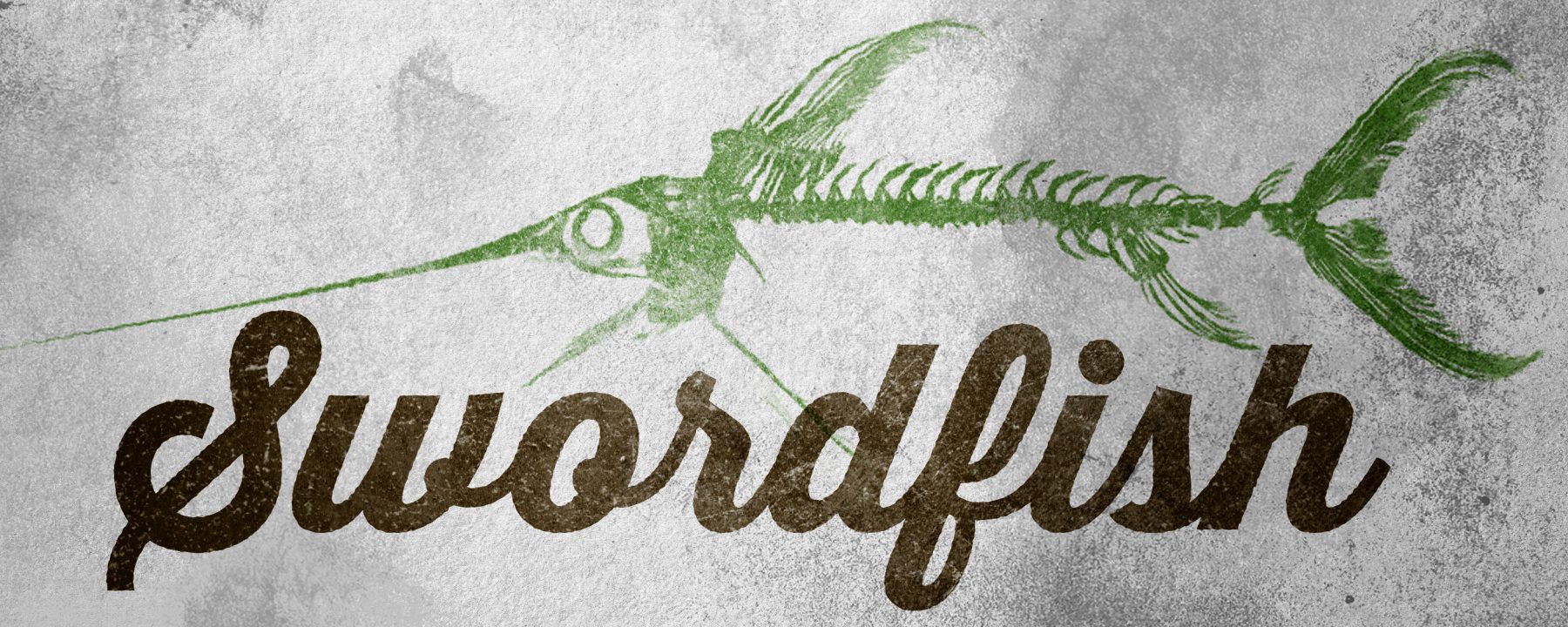
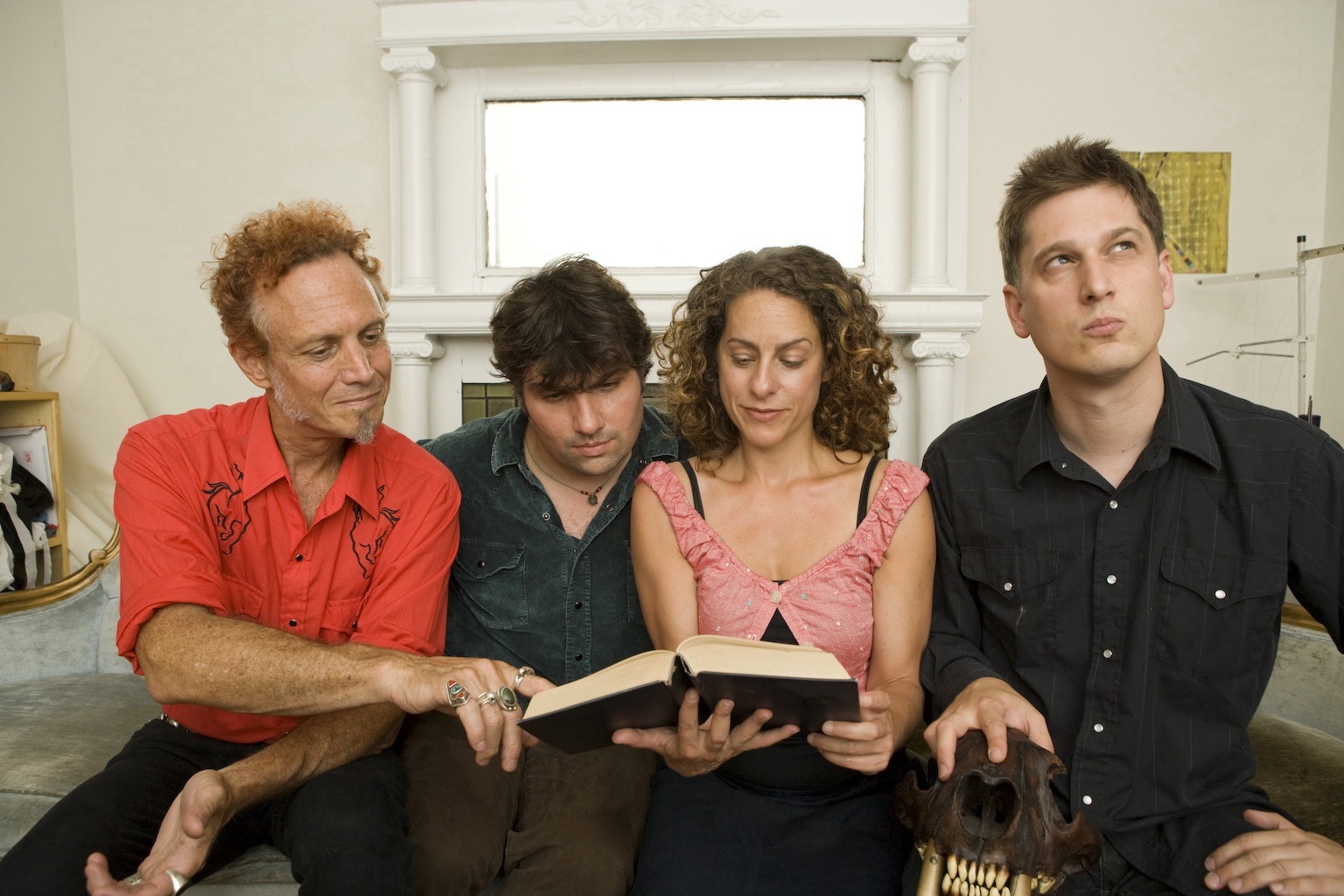
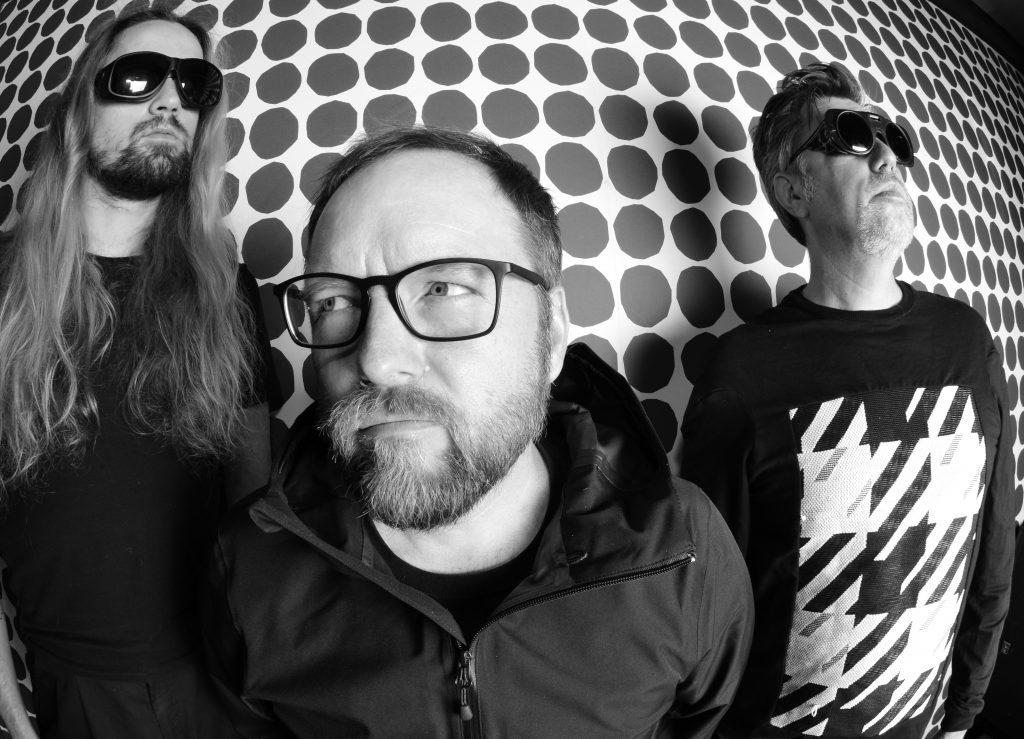
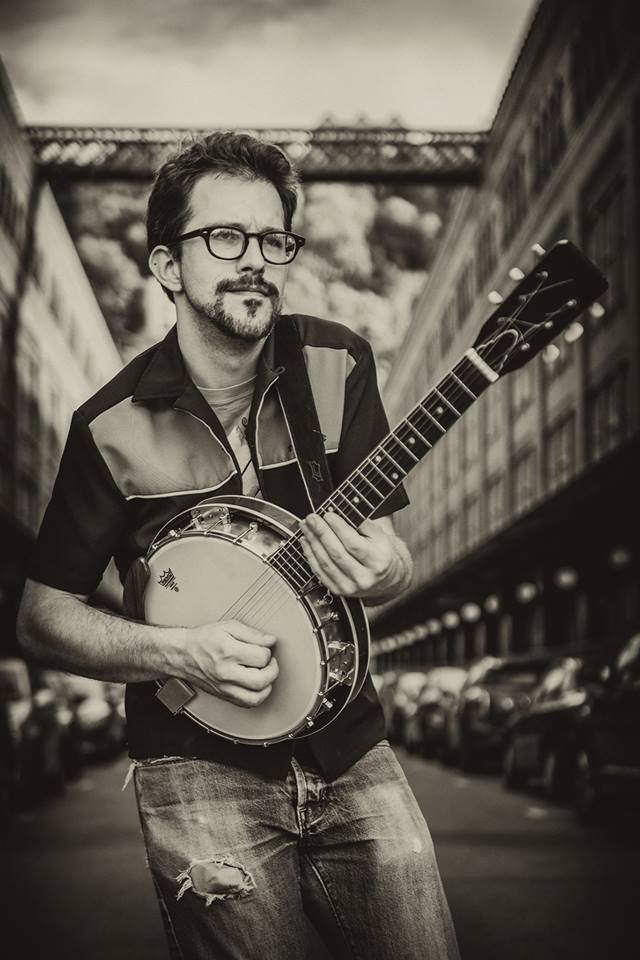
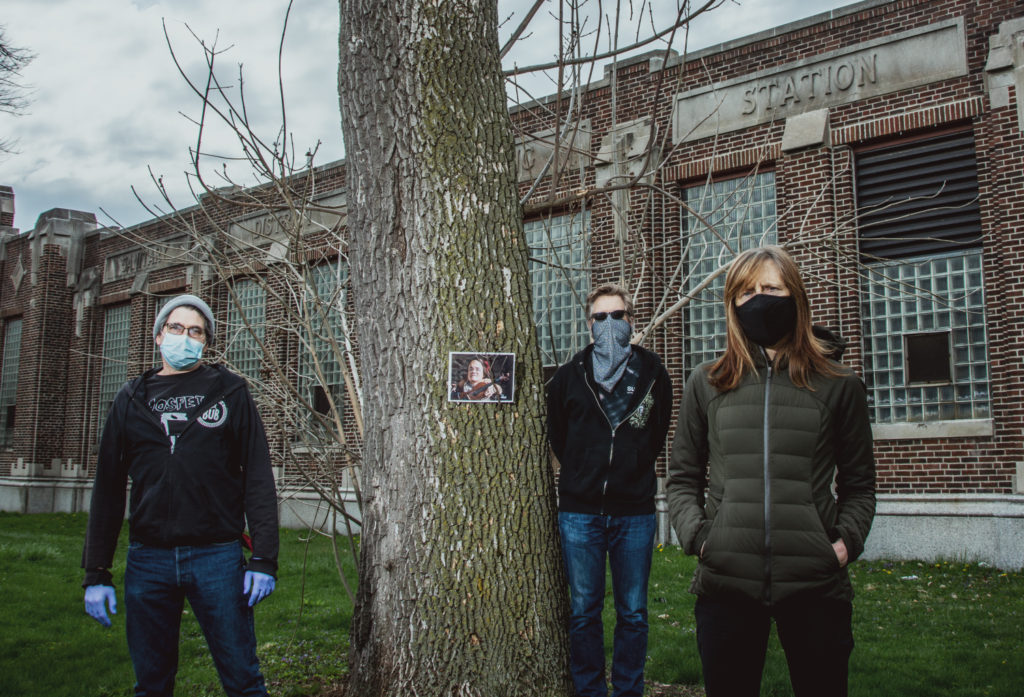
“Sum svistu” is from Czech Republic, which is eehhh….kinda not in the Balkans. Learn some geography 😉 Wish you all good. Peter the Czech